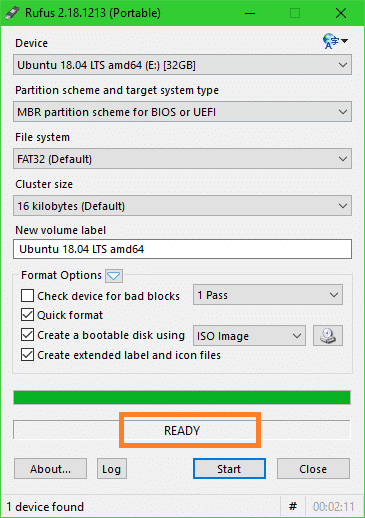
Rufus usb driver#
If your USB drive is the NTFS+FAT type, then only UEFI BIOses with the extra NTFS driver will be able to secure boot from the UEFI files on the NTFS partition 1 because the rufus grub2 boot files and NTFS driver on the FAT partition 2 are not signed. If your USB drive is pure FAT/FAT32 then there will never be any problems. Many UEFI BIOSes can only UEFI-boot from FAT partitions, however some UEFI BIOSes also have an additional NTFS driver added into their BIOS and these BIOSes can UEFI-boot from both FAT and NTFS partitions. The Rufus utility can make a single FAT32 partition which will be UEFI-bootable or you can get it to make an NTFS+FAT dual partition drive. Am I misunderstanding all of this somehow? should i trust that my bootable USB Win10 installers are working correctly and securely? or have I somehow made a big mistake leaving Secure Boot enabled while installing Win10 from a Rufus-created USB drive? The reason I posted is because, to date, I have not had any issues using these Rufus-created bootable USB drives with Secure Boot enabled on HP EliteBook laptops so far. I'm assuming that means Rufus is licensed under GPLv3? Rufus says it's Microsoft's fault for not allowing anything licensed under GPLv3 to be signed for secure boot (see link below). Within Rufus, I have chosen "Target System = UEFI" but Rufus is telling me I will have to disable Secure Boot in order to use this USB drive/bootloader.

We will be installing Win10 on our HP EliteBook 840 laptops which all are configured in the BIOS settings to use Secure Boot.
Rufus usb windows 10#
I am creating a new bootable Win10 installer with Rufus, our Windows 10 Enterprise ISO (from Microsoft Volume Licensing) and an USB drive.


 0 kommentar(er)
0 kommentar(er)
